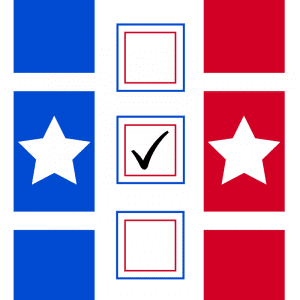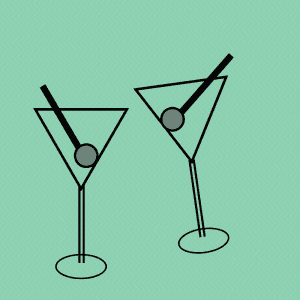 As we come closer to the Centennial Celebration in honor of the WNBA’s first meeting and founding, let’s consider the larger picture of the times. This week, take a look at the WNBA’s initial historical moment and the context in which the group was founded to remember all the ways we’re still connected to our history, ways we have moved forward as a society, and ways we still might be stuck in the past.
As we come closer to the Centennial Celebration in honor of the WNBA’s first meeting and founding, let’s consider the larger picture of the times. This week, take a look at the WNBA’s initial historical moment and the context in which the group was founded to remember all the ways we’re still connected to our history, ways we have moved forward as a society, and ways we still might be stuck in the past.
 In 1917, World War I was ongoing (the Great War, as it was known at the time). Though the war began in 1914, the United States didn’t enter the war until spring in 1917. By the time the WNBA was founded, US soldiers were abroad. At home, women didn’t yet have the right to vote, though women across the country were fighting for that right. We won it in New York State that same year.
In 1917, World War I was ongoing (the Great War, as it was known at the time). Though the war began in 1914, the United States didn’t enter the war until spring in 1917. By the time the WNBA was founded, US soldiers were abroad. At home, women didn’t yet have the right to vote, though women across the country were fighting for that right. We won it in New York State that same year.
Around the world, women were making educational strides: the first public secondary school opened for girls in Greece, public schools opened to enforce compulsory education for girls in Iran, university education was open to females in Uruguay, and the first female obtained a university degree in Nicaragua. For all those strides, women around the world today still often do not have full rights. Unfortunately, this includes the US: women still make less than men and there is nothing in the Constitution guaranteeing equal rights for women.
A few women were, however, recognized in the firstPulitzer Prizes awarded in 1917. Laura E. Richards, Maud Howe Elliott, and Florence Howe Hall won a prize for their work on the biography Julia Ward Howe. That year, the toggle light switch and Marshmallow Fluff were both invented—while one certainly has more practical use on a daily basis, the other is a necessary ingredient for rice crispy treats. The WNBA wasn’t the only group founded that year: the Lions Club and the National Hockey League in Montreal first began in 1917.
 While 2017 officially accepted new words including photobomb, binge-watch, ghost (as a verb), throw shade, side-eye, microaggression, safe space, and woo woo, new words in 1917 reflected war. Flame-thrower, camouflage, a.w.o.l., cooties, s.o.l., and umpteenth were all related to war or used by soldiers that year. On the lighter side, punk and cocktail party were both created that year.
While 2017 officially accepted new words including photobomb, binge-watch, ghost (as a verb), throw shade, side-eye, microaggression, safe space, and woo woo, new words in 1917 reflected war. Flame-thrower, camouflage, a.w.o.l., cooties, s.o.l., and umpteenth were all related to war or used by soldiers that year. On the lighter side, punk and cocktail party were both created that year.
Did you miss the last Centennial post on fashion in 1917? It’s not too late to go back and read it if you’re interested.




